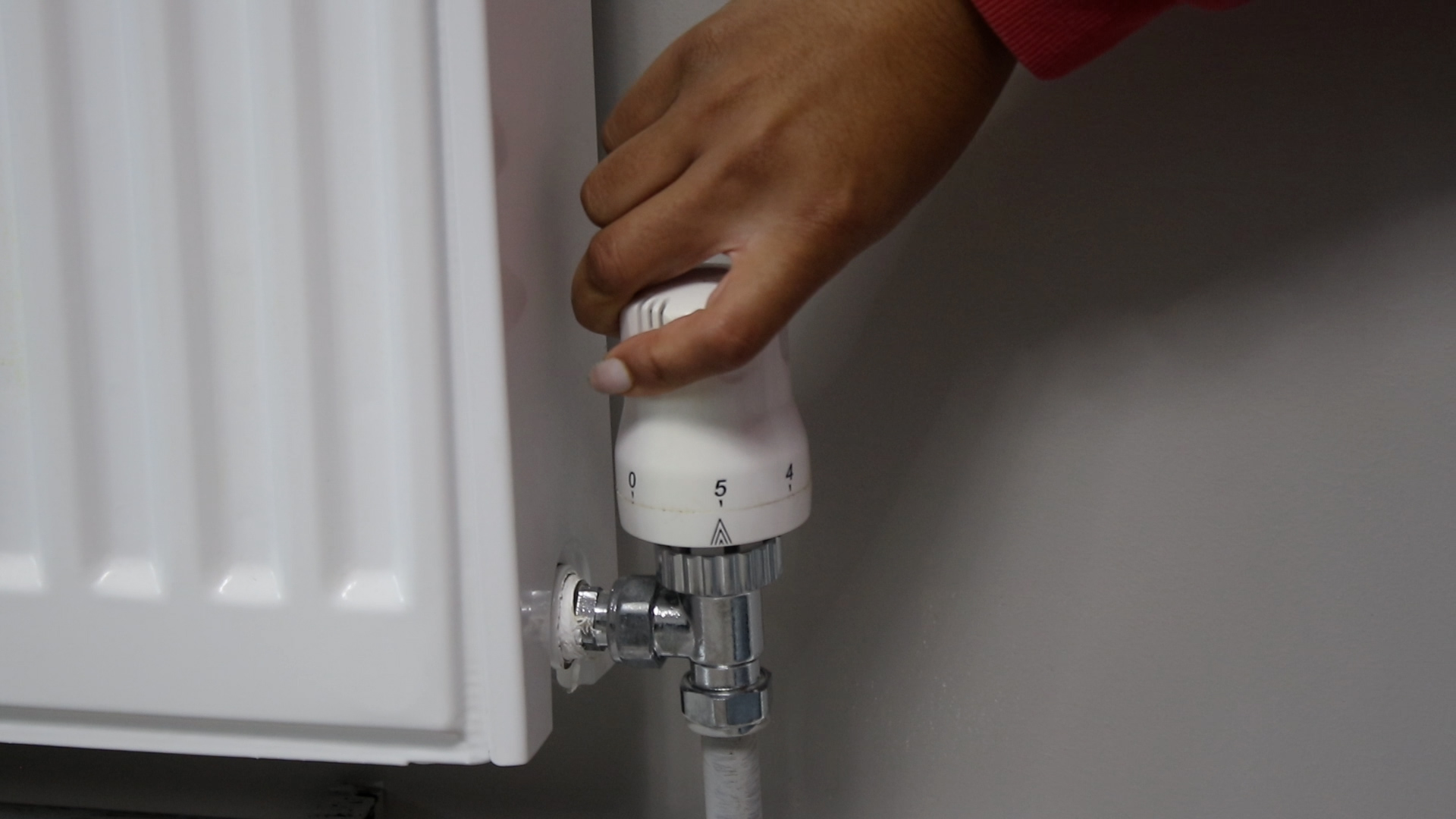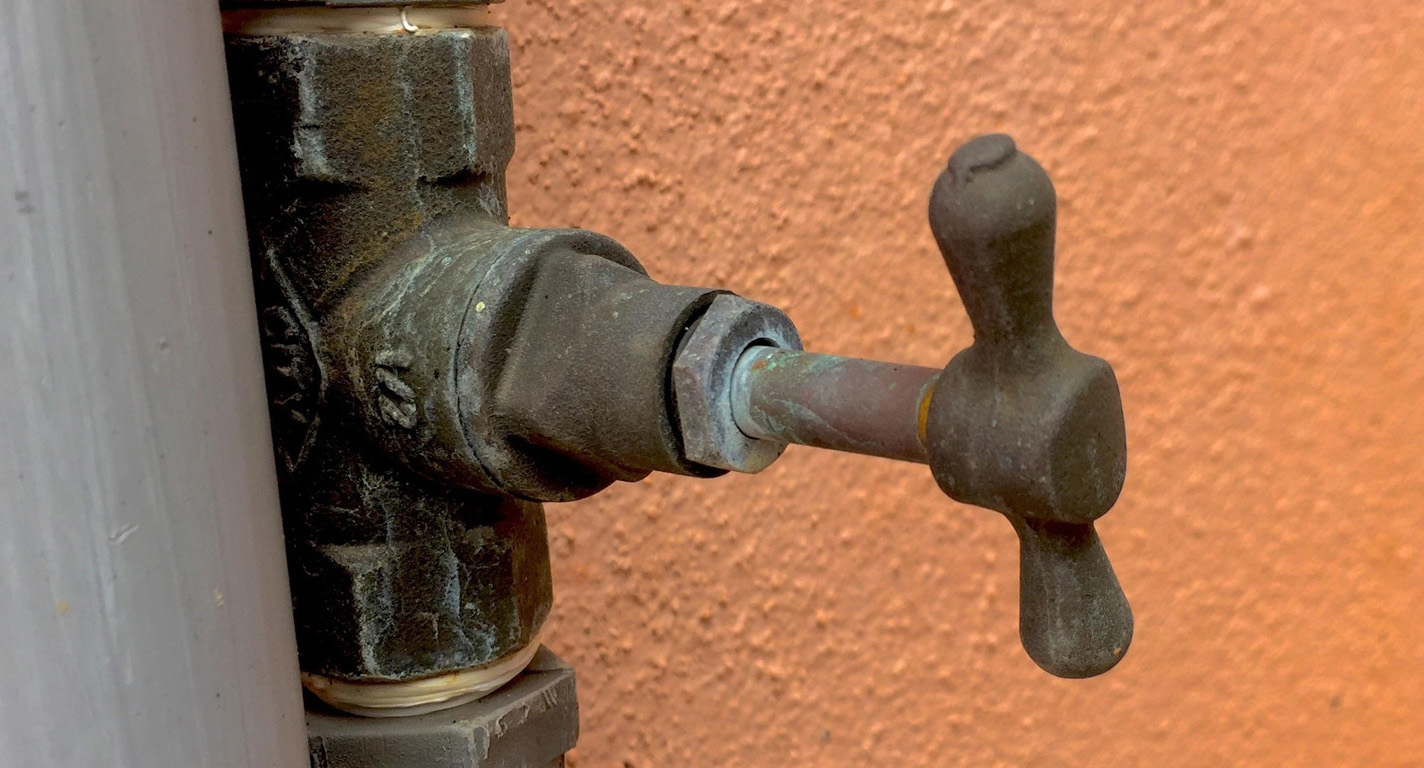This is not just inconvenient – having cold water leak all over your home is expensive and can ruin treasured items.
By taking small actions, you could save hundreds of pounds in repairing damage to flooring or furniture.
Data from the Association of British Insurers shows that during a spell of freezing weather, a claim to repair a burst pipe costs an average of £8,800 – and can often be more.
Here are a few ways you can prepare your home for the cold weather.
Keep your home warm in very frosty conditions.
Set your thermostat to keep a low level of heat (no lower than 14ºC) throughout the night and while you are out during the day.
If you're worried about your bills, contact Citizens Advice on 03444 111 444 or visit their website, or see the Energy Saving Trust.
When putting on your heating, check your radiators. If they aren’t heating all the way to the top, they could have air in them and need bleeding.
You'll need a radiator key (available from a DIY shop) to open the little valve at the top, or on the side.
 How to bleed a radiator
How to bleed a radiator
To bleed your radiator, make sure your heating is off and the radiators are cool. Then, hold a cloth next to the valve as you turn the key and listen out for the air hissing. As soon as you see a drip of water, close it up again.
Minimise draughts
Closing doors and windows is a simple way of keeping heat in. Draught-proofing materials like weatherstripping on windows or draft excluders can also help.
Check your boiler
It’s important to have your boiler serviced regularly so that you know your heating is working properly and that you don’t have any issues that could cause you to lose hot water.
Stop taps are used to turn off the water supply to your property.
This is important in an emergency, especially if you have a leak or a burst pipe.
 Repair costs can be significantly reduced if the stop tap is used to turn off the water as quickly as possible – so knowing where your stop tap is and checking it regularly to make sure it is working is essential.
Repair costs can be significantly reduced if the stop tap is used to turn off the water as quickly as possible – so knowing where your stop tap is and checking it regularly to make sure it is working is essential.
Stop taps are most commonly found inside under the kitchen sink, in a downstairs toilet or cupboard.
If you can’t turn your stop tap - you may have to call a plumber for help.
Find a qualified plumber near you.
Pipe lagging is a process where you insulate your pipes using materials that help reduce heat loss and prevent freezing.
Lagging a pipe is very easy to do and is beneficial in the long term as it will make your pipes more efficient and save you the cost of a potential burst.
Foam lagging can be bought cheaply from DIY shops or online or you can claim free pipe lagging from Get Water Fit.
Get free pipe lagging and an outdoor tap cover and learn about your water use.
Insulate water tanks
Lagging water tanks reduces the amount of heat lost, so you spend less money heating water up, and hot water stays hotter for longer.
Do not insulate beneath water tanks in the loft as this will prevent warm air getting to them and could cause freezing.